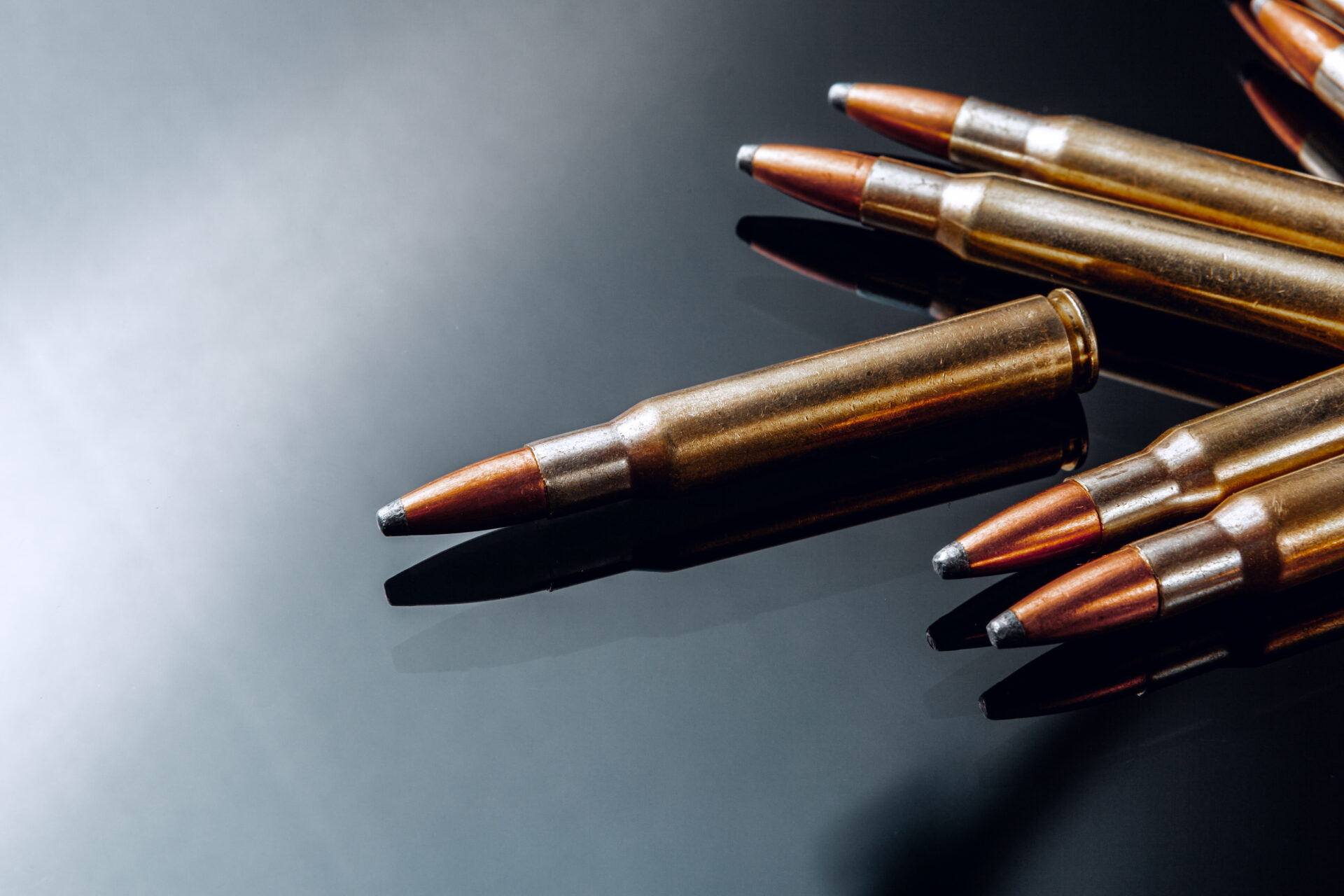I spend a fair amount of time lurking on hunting and shooting social media pages. To me, they are a guide to what’s on sportsmen’s minds and what’s of interest in the outdoor community. While many of the regular posters on these pages are gun and shooting nuts, with a vast knowledge of all things that go bang, there is another group caught up in many of the old myths and wives’ tales that plague shooting and hunting. Invariably, there will be questions about whether a certain cartridge will damage more meat than another or what cartridge is the flattest shooting. It seems many of these posters don’t realize that bullet style and construction have more to do with meat damage and ballistics than calibre or speed ever will. When looking at cartridge performance, it really is all about the bullet.
Advertisement
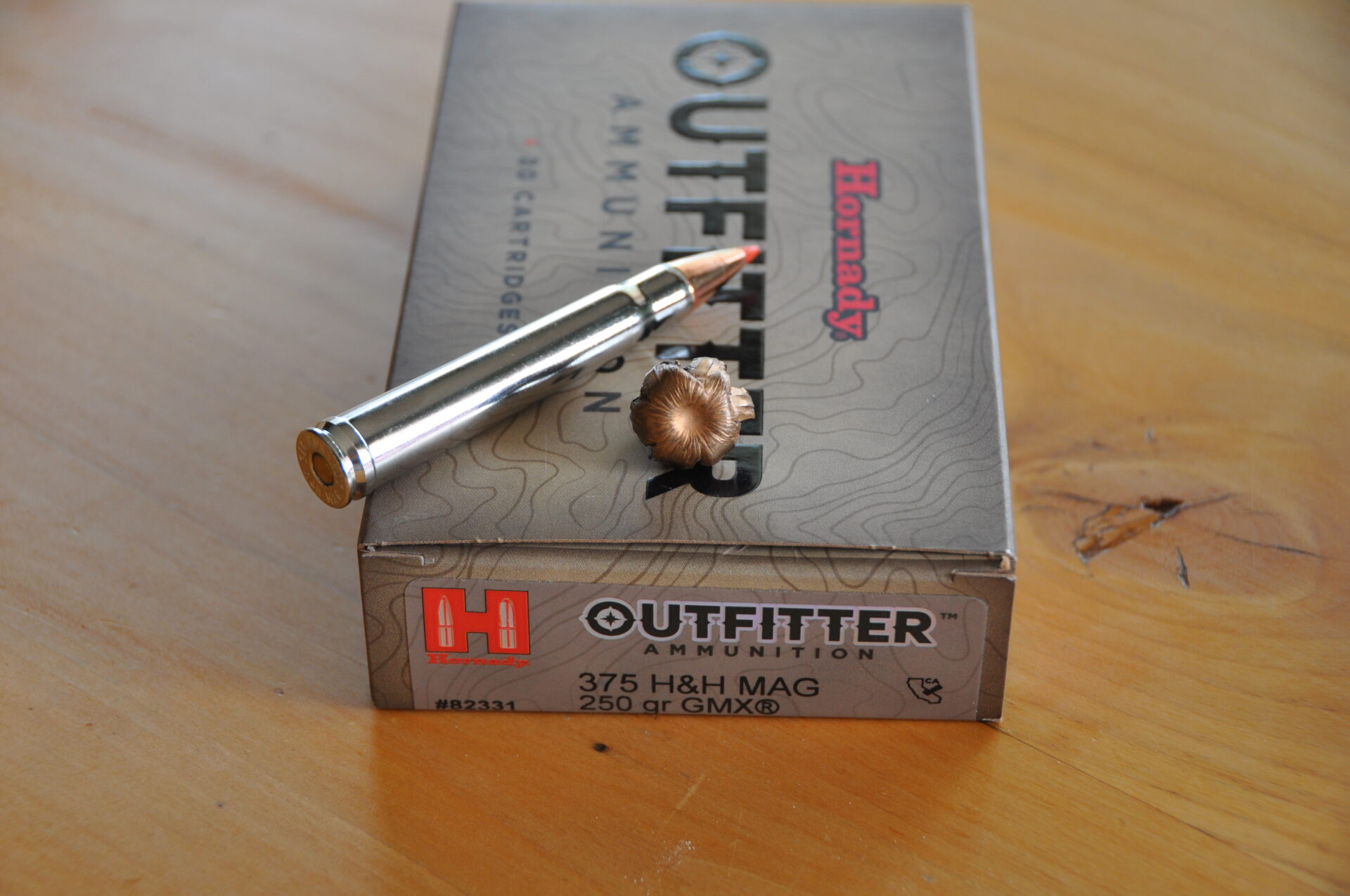
There are basically three styles of hunting bullets available today, with a number of variations within each group. They are cup-and-core, bonded and mono-metal bullets. When jacketed bullets first hit the scene, they were all of cup-and-core construction. What this means is that the metal jacket, typically constructed of a copper alloy known as guilding metal, is drawn into a cup and then the lead core is placed inside of that cup. There is no bonding of the lead to the jacket and the two metals basically react independently upon impact. With high-velocity impacts, these bullets can be quite frangible and fragment extensively. Cup-and-core bullets are still widely used today, and their expansion can be somewhat controlled by jacket thickness, the size of the opening in the nose or by the material used at the tip. Problems begin, however, when you start driving these bullets at high speed and shots are at close range. In these cases, fragmentation is extensive, and it often results in extensive damage to the meat.
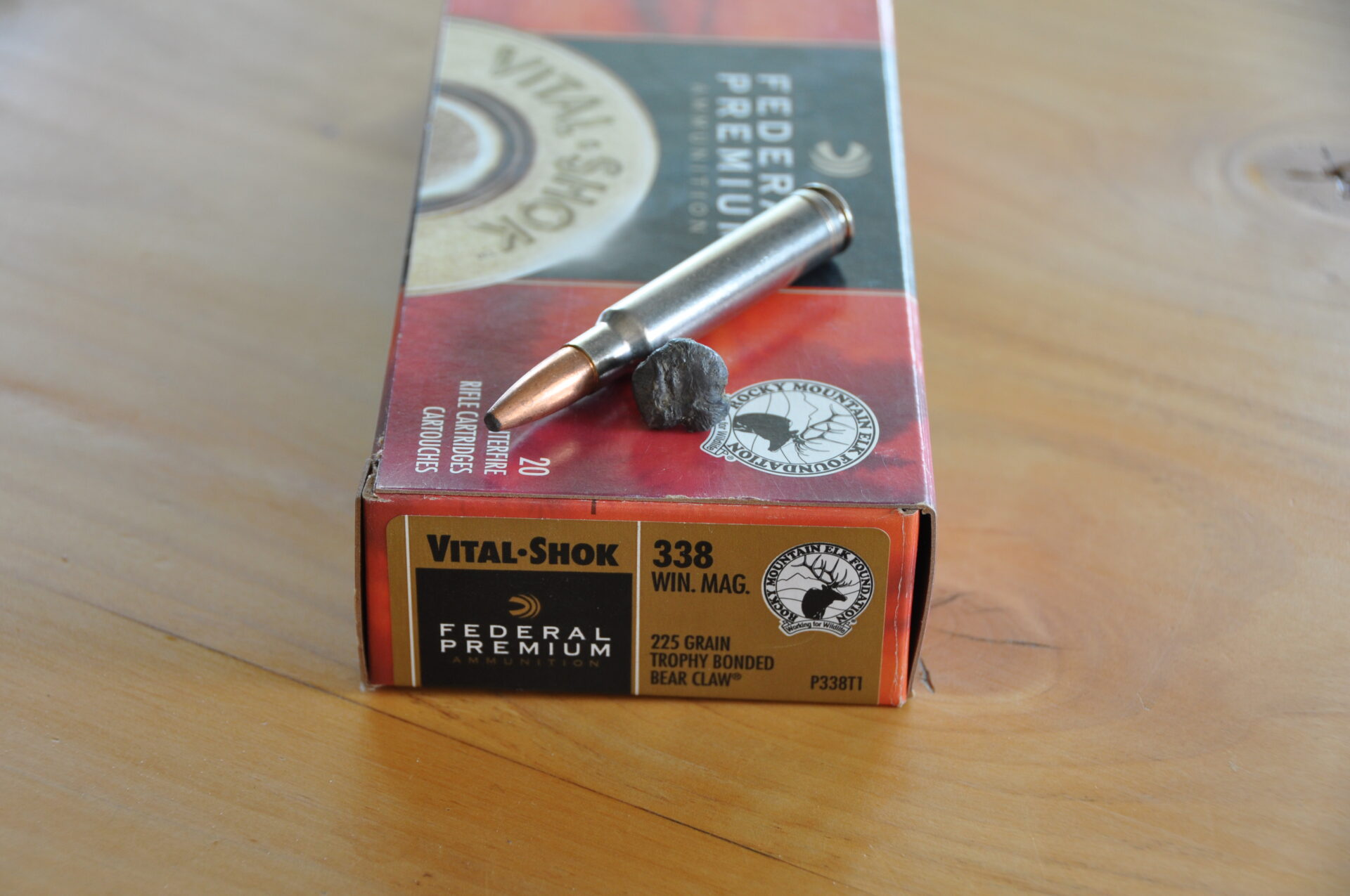
Part of the love for cup-and-core bullets comes from the fact that they are the most inexpensive, but when manufactured to tight tolerances, as in the case with match and long-range hunting bullets, they offer superior accuracy over bonded and mono-metal bullets. Virtually all of the top target bullets are of a cup-and-core construction. Cup-and-core are also ideal for long-range hunting, as they will expand reliably at much lower velocities than bonded and mono-metal bullets. A mono-metal bullet, for example, requires impact velocities above 2,000 feet per second for reliable expansion, while some of the higher-quality long-range cup-and-cores will reliably expand and penetrate all the way down to 1,600 feet per second. While cup-and-cores were starting a fall out of favour a decade ago, they have seen a real resurgence as the popularity of long-range shooting grows.
Advertisement
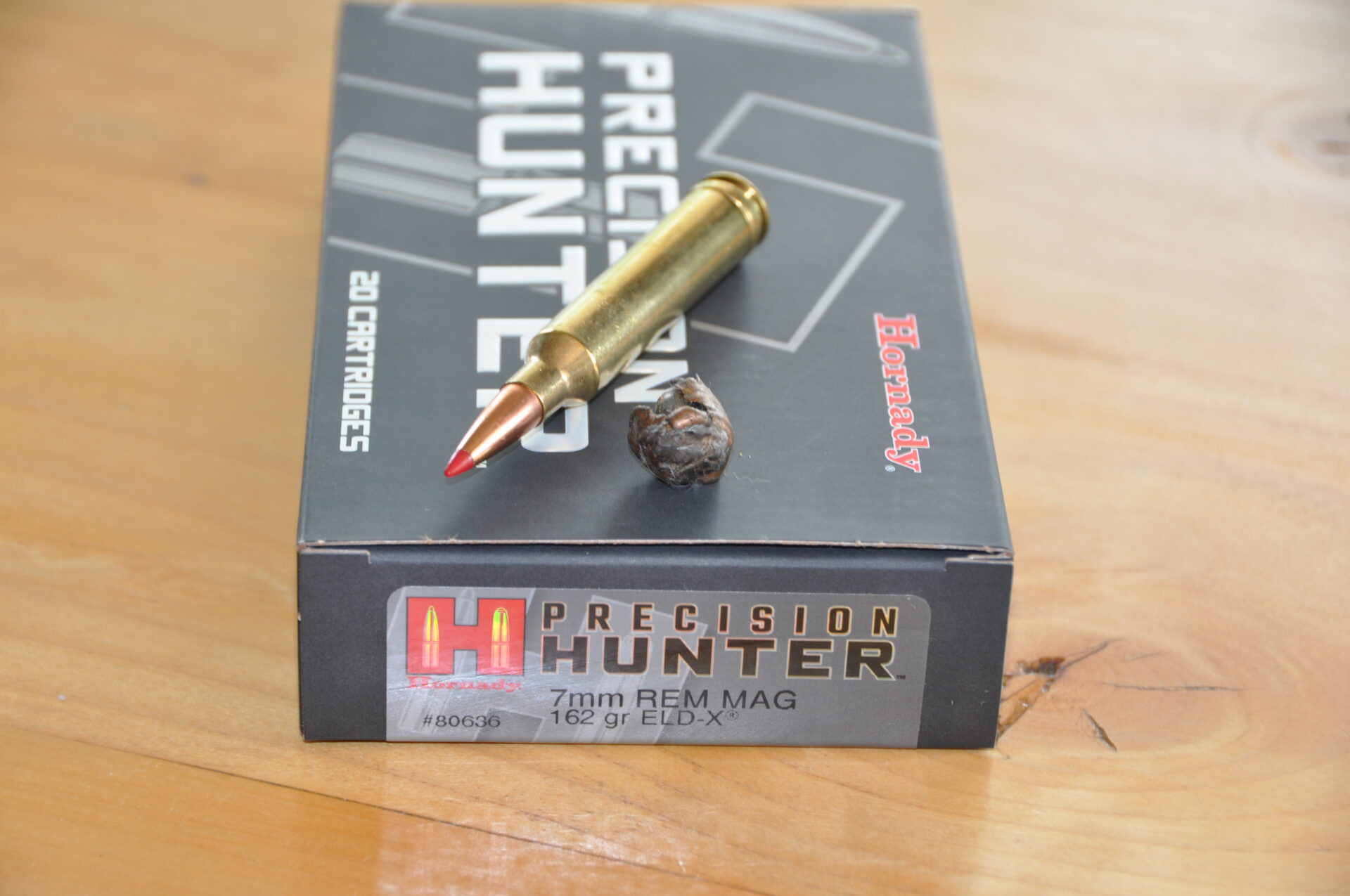
The first jacketed bullets date back as far as the 1880s and at the time they were a big improvement over solid lead projectiles. But as the demand for faster and flatter-shooting cartridges swept the hunting world, it became obvious that better-constructed bullets were needed. John Nosler answered the call in 1947 with the Partition bullet. Rather than having a single lead core inside a jacket, the bullet has a horizontal partition that allows the front portion of the bullet to expand rapidly upon impact, while the solid rear portion remains intact and ensures deep penetration. For its time, the Nosler Partition was indeed revolutionary. It was the first bullet well suited for a wide variety of game, from deer to moose. On thin-skinned game like deer, the rapid expansion in the front section ensured extensive tissue damage; but on heavier game, the deep-penetrating characteristics of the solid rear section allowed a good portion of the bullet to penetrate deeply. Partitions are still in use today. If there was one knock against them, it was that many rifles would not shoot tight groups with them; but for a mid-range hunting bullet, they were plenty accurate enough.
Next came the bonded bullets. The Swift Scirocco was the first commercially available bonded bullet, and it is still in use today. Another early bonded bullet was the Trophy Bonded Bear Claw. I had the good fortune to meet the inventor of the Trophy Bonded bullet, Jack Carter, a number of years back and to discuss bullet construction and performance with him. Unlike the original cup-and-core bullets, the lead is actually chemically bonded to the jacket in bonded bullets. This offers better weight retention as the lead core and jacket expand together rather than independently, even with high-velocity impacts, and these bullets typically retain in excess of 90 per cent of their weight. Additionally, they typically expand to one-and-a-half to two times their original size when impact velocities are kept above 1,800 feet per second.
Advertisement
The newcomers to the bullet game are mono-metal bullets. As the name implies, they are constructed from one type of metal, usually copper or guilding metal, and they are the king of weight retention and penetration. These are not the non-expanding solid bullets often associated with African dangerous game, but a solid copper bullet with a hollow point designed to expand very rapidly upon impact, even on deer-sized game. Most of the newer mono-metals have a polymer tip to further aid in expansion. Mono-metals are extremely tough and hold together well with high-velocity impacts; but on the downside, they do need impact velocities in excess of 2,000 feet per second to expand and penetrate reliably. Tales of mono-metals being so tough that they pencil right through animals at close range are ridiculous and demonstrate a poor understanding of physics. If you are going to see expansion problems with a mono-metal, it will be when impact velocities dip too low. At high speed, they expand rapidly and violently.
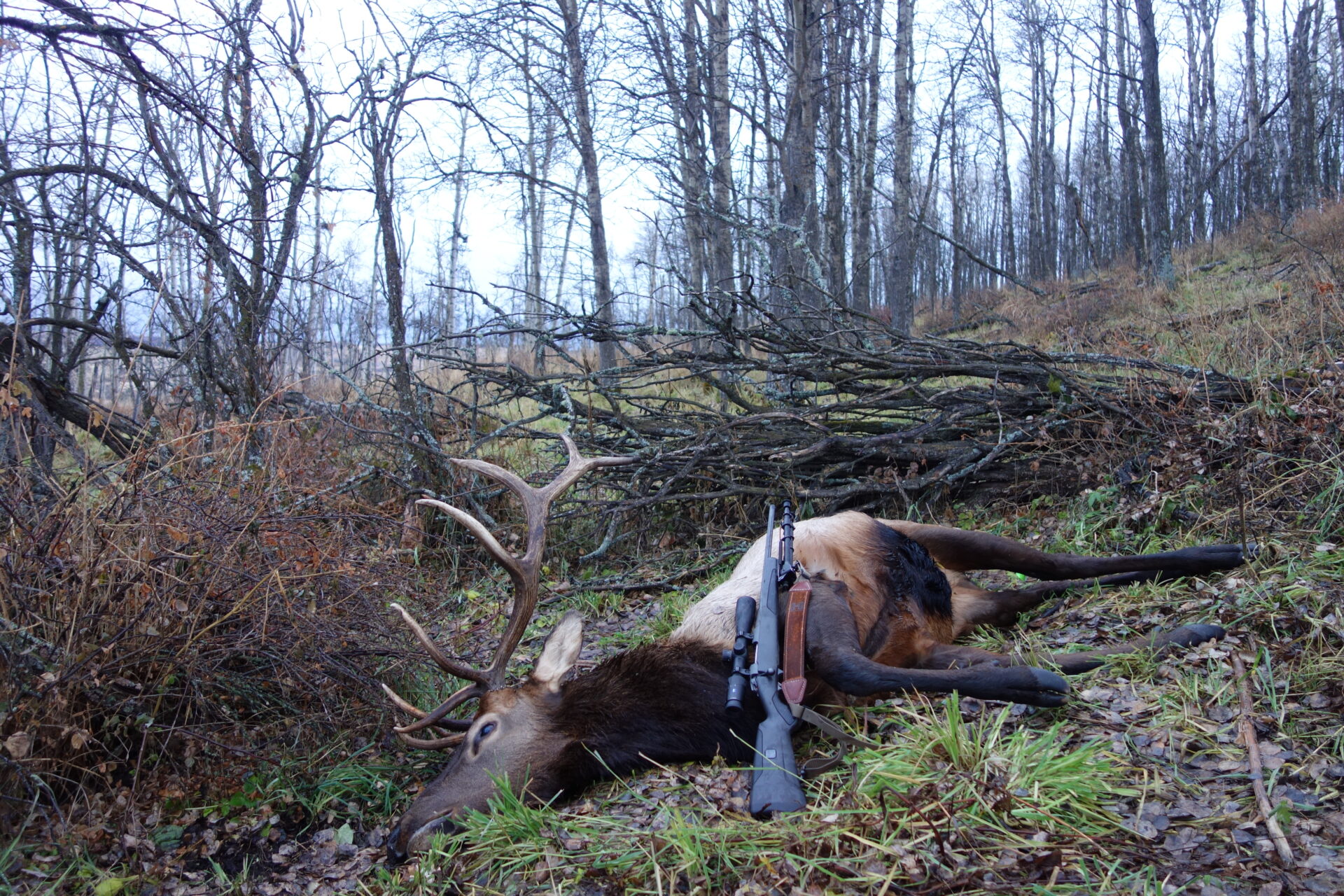
So, does a large-calibre bullet cause excessive meat damage? Well, it truly is all about the bullet. Sure, a larger calibre makes a larger initial wound channel, but with bullets like the more frangible cup-and-cores, that fragment as they pass through tissue, they are going to cause far more damage to meat than a bullet that retains its weight well. Also, high velocities cause more meat damage than lower velocities with bullets of equal size and style. As the bullet passes through tissue, fluid is displaced and a secondary wound channel is created. The faster the bullet is travelling, the larger the secondary wound channel and the more bruising and bleeding in the tissue. It quickly becomes obvious that you need to select a bullet style for the type of game, range and velocity you are shooting. With proper bullet selection and placement, meat damage from a .375 H&H can be significantly less than that from a .25-06. Often, professional hunters in Africa will have their clients shoot smaller animals with the 375 H&H with a solid bullet to prevent excessive damage to capes destined for a taxidermist. Shoot those same animals with a small, fast cup-and-core and you could likely put your fist in the exit hole.
What about how rapidly a bullet kills an animal? I laugh when I read people going on about how every animal they’ve killed has never moved from the tracks it was standing in. Sure, some animals fall on the spot, but far more will run off a short distance before expiring. If you haven’t experienced this, you haven’t hunted much. When animals drop on the spot, it’s typically from a disruption to the central nervous system, as with a brain or spine shot. Even an animal shot in the shoulder will often drop right on the spot, but rarely is death instant. But with soft-tissue hits in the lungs and heart, it’s common for the animal to run a short distance as it bleeds out. That bleed out happens more rapidly with bullets that fragment, like the cup-and-cores, as there is far more tissue damage than from a bullet that retains the bulk of its weight. Animals shot in the lungs with a bonded or mono-metal bullet will often run a considerable distance, as the initial tissue damage is not as extensive. These bullets are no less lethal, but death often takes a second or two longer to occur. A deer on the run can cover a lot of ground in two seconds.
This is partially where the myth of mono-metals penciling through came from. These high-weight-retention bullets still expand up to two times, but as death is often not as dramatic, some misinterpret this as the bullet not expanding. These bullets often leave small exit holes as well, because there is not a field of shrapnel associated with them that rips large holes in the far hide. Often, they leave an exit hole no bigger than your finger. Again, this is often misinterpreted as lack of expansion, but the truth is, a 30-calibre bullet that has expanded to twice its original diameter will only be about the size of your baby finger in diameter. Exit hole size is no indication of bullet expansion, but many incorrectly interpret it this way.
So, what about long-range shooting? There is a school of thought that lightweight/high-velocity bullets are the flattest shooting, and in the short haul they are, but a heavier bullet of the same style, even shot at a lower velocity, will eventually outperform the lighter one. This may not be within practical shooting ranges, but it does illustrate the importance of ballistic coefficient. This is a hard concept for many to grasp, but it all comes down to the ballistic coefficient of the bullet. In layman’s terms, ballistic coefficient is a measure of how much drag a bullet has. A bullet that moves through the air with less drag has a shorter flight time than one with more drag and therefore subjected to the force of gravity for a shorter time period. Simply put, it drops less. Gravity acts the same on all objects, so the shorter the time of flight, the less drop. A bullet with a perfect ballistic coefficient would be a 1.000, but as there is no such thing, all bullets have a ballistic coefficient lower than one, with the higher the number, the less drag or higher ballistic coefficient.
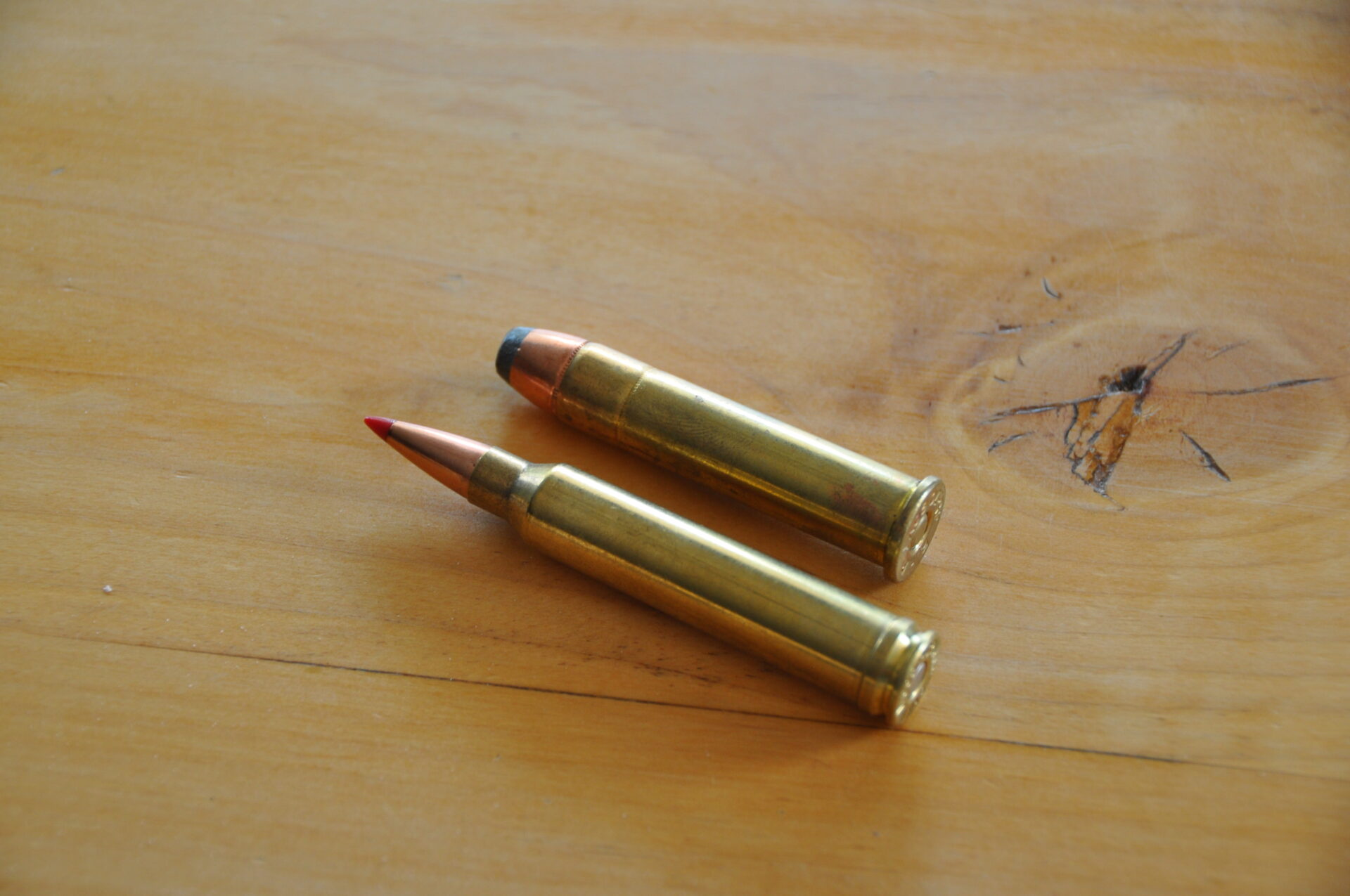
Bullets with a higher ballistic coefficient are also less affected by wind drift, once again due to their shorter flight time. The faster a bullet gets to the target, the less affected it is not only by gravity, but also by wind, a real consideration when shooting at longer ranges. It doesn’t take much of a breeze to throw a bullet several feet off course at extended ranges. Shorter flight time also means a higher impact velocity and higher energy, again, very critical components of ethical long-range shooting. People often incorrectly believe that heavier bullets are better in the wind, but this is only true in they also have a high ballistic coefficient. A lighter bullet with a high ballistic coefficient will actually deflect less in the wind than a heavier one with a lower ballistic coefficient launched at the same speed. This is a difficult concept for many people to grasp as well.
The good news for hunters is that there are loads of quality bullets on the market these days, offered by a wide variety of manufacturers. While high-quality bullets and match-grade performance was once only the domain of handloaders, now most manufacturers offer a line of match and long-range hunting ammunition. Selecting the proper bullet for the type of hunting you do is critical and bullet selection often changes with different hunts. The more you learn about bullets and how they perform, the more effective you’ll be in the field. There is no perfect bullet for all conditions. Each has its ideal performance envelope and, if you stray outside those parameters, you can expect less-than-ideal results. Select the right bullet for the job, however, and you can expect ideal performance. But physics always has the final say in terminal performance. Did I mention that it’s all about the bullet?
